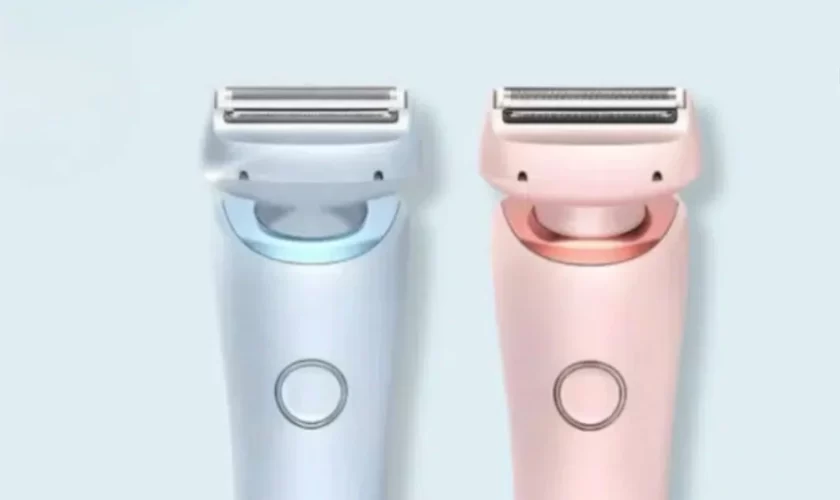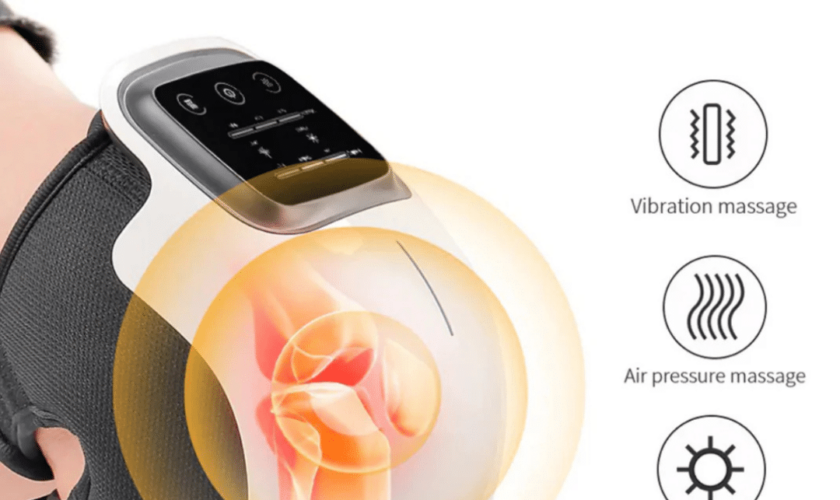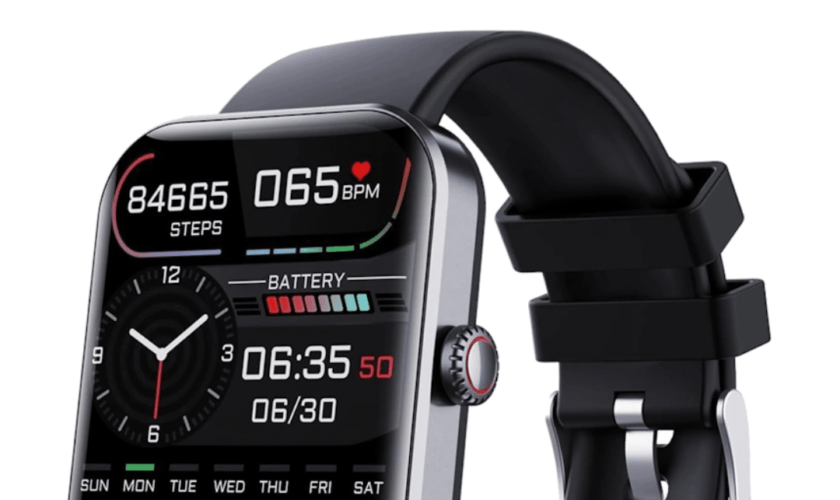Every parent strives to ensure their child grows up healthy and strong. Being aware of common health issues children face can allow you to recognise early signs, seek timely care, and support their overall well-being.
Here are ten common health concerns in children and how to address them:
- Respiratory Infections
Coughs, colds, and throat infections are very common in children, especially when the seasons change. In more serious cases, illnesses like bronchitis or pneumonia can develop. It’s important to see a good paediatrician for the right diagnosis and treatment to help your child recover quickly. To prevent these infections, make sure to practice good hygiene and keep your child’s vaccinations up to date.
- Allergies and Asthma
Many children develop allergies to foods, pollen, dust, or animal fur. Symptoms like sneezing, rashes, or difficulty breathing should never be ignored as they can further lead to Asthma. The best paediatrician in Delhi NCR can identify these triggers and recommend treatments to manage allergies and asthma effectively, improving your child’s quality of life.
- Nutritional Deficiencies
Imbalanced diets or picky eating habits can lead to deficiencies in essential nutrients like iron, calcium, or vitamins. These deficiencies can cause fatigue, weak bones, or slow growth. Paediatricians often work with families to create balanced meal plans and, if necessary, suggest healthy foods or supplements to ensure your child’s optimal health.
- Digestive Issues
Children often have digestive problems like constipation, diarrhoea, or acid reflux. These issues can be caused by changes in diet, infections, or stress. Regular visits to a trusted paediatrician can help parents handle these problems with the right diet advice and medicines when necessary.
- Skin Conditions
Skin problems are common in children, from diaper rashes in babies to eczema and fungal infections in older kids. Their sensitive and developing skin makes them more likely to have these issues. Treating them early is important to avoid discomfort and complications. Paediatricians can provide safe and effective solutions based on your child’s age and specific needs.
- Developmental Delays
Monitoring your child’s milestones, such as speech skills, and social interaction, is essential. Any delays could indicate underlying issues requiring attention. Seeking help from a skilled paediatrician ensures timely intervention, which is crucial for your child’s development and overall well-being.
- Ear Infections
Ear infections are a frequent concern in children, often occurring after a cold or flu. Symptoms like ear pain, fever, or difficulty hearing should be addressed immediately. The best paediatrician in Delhi NCR can diagnose and treat these infections effectively, preventing recurrent issues.
- Sleep Problems
Sleep problems, like trouble falling asleep or bedwetting, can impact a child’s growth and daily life. Working with a professional to find the cause can help. Solutions may include better bedtime routines, changes in diet, or simple behaviour strategies.
- Childhood Obesity
Unhealthy eating habits and inactive lifestyles can lead to obesity in children, increasing their risk of long-term health problems like diabetes. Paediatricians provide practical advice on nutrition and physical activity to ensure children maintain a healthy weight.
- Mental Health Issues
Stress, anxiety, and behavioural issues are increasingly being recognised as significant paediatric concerns. Early intervention from a paediatrician or specialist can make a difference in managing mental health, ensuring your child feels supported and understood.
Conclusion
Paediatric health issues can vary from minor problems to more serious conditions. Regular visits to a paediatrician allow parents to catch and manage these concerns early, helping to keep their child healthy and happy. Routine check-ups also help track developmental milestones and build a strong foundation for lifelong wellness. With advanced facilities and compassionate care, Apollo Cradle is home to some of the best paediatricians in Delhi NCR, ensuring your little ones get the attention they deserve for their growth and health.
Beyond paediatric care, the hospital also offers access to some of the best gynaecologists in Delhi NCR. From routine check-ups to specialised care, their expert team ensures comprehensive health services for women at every stage of life.










